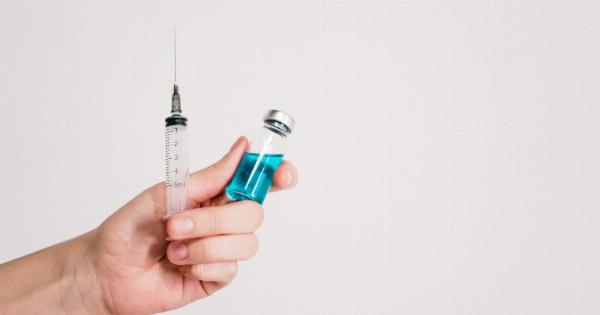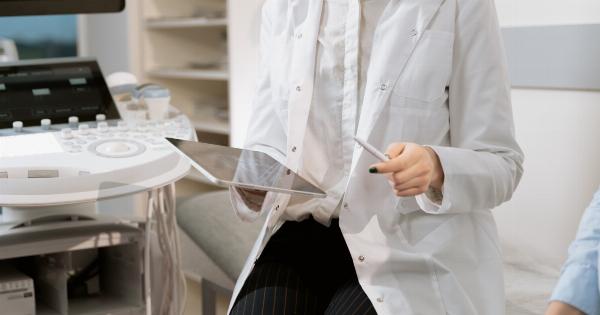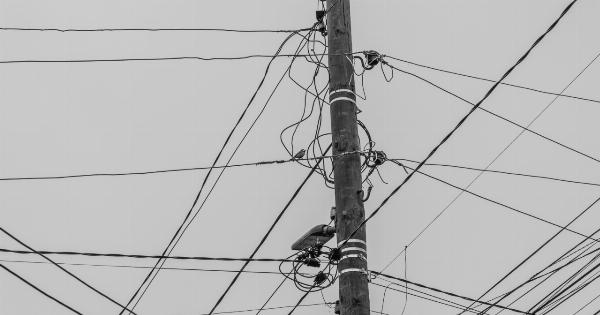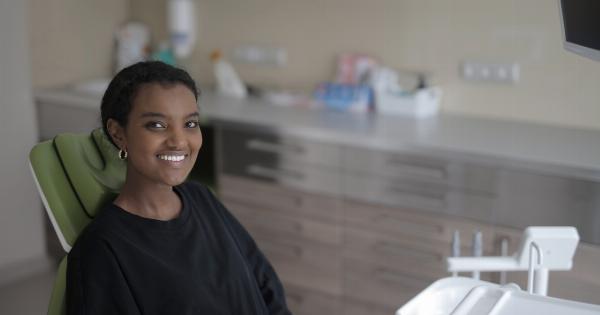Warts are a common skin condition that can affect individuals of all ages, causing discomfort and embarrassment. One of the primary causes of warts is the human papillomavirus (HPV), which is a highly contagious virus.
In this article, we will delve into the connection between warts and HPV, exploring the various types of warts, how they are transmitted, their symptoms, and available treatment options.
Types of Warts Caused by HPV
HPV is responsible for several types of warts that can occur on different parts of the body. Each type of wart is caused by a different strain of the virus:.
1. Common Warts (Verruca vulgaris)
Common warts typically appear on the hands, fingers, and around the nails. They are characterized by their rough texture and a cauliflower-like appearance.
These warts can be quite painful, especially when located on pressure points or areas prone to friction.
2. Plantar Warts
Plantar warts are found on the soles of the feet, which can make walking uncomfortable. These warts often have a hardened center and appear as small, grainy growths with tiny black dots.
Plantar warts can cause a sharp, burning sensation when standing or walking.
3. Flat Warts (Verruca plana)
Flat warts are generally smaller and smoother than other types of warts. They typically appear on the face, neck, arms, or legs. In some cases, flat warts can be itchy and may appear in clusters.
4. Genital Warts
Genital warts are a sexually transmitted infection caused by specific strains of HPV. These warts can appear on the genitals, anus, and surrounding areas.
Genital warts should be evaluated and treated by a healthcare professional as they require specific management and monitoring.
Transmission of HPV
HPV is highly contagious and can be transmitted through direct skin-to-skin contact with an infected individual. The virus can enter the body through small cuts or breaks in the skin.
It is vital to note that warts are not always immediately visible and that transmission can occur even in the absence of noticeable warts. Additionally, sexual activity, including oral, vaginal, or anal intercourse, can transmit certain strains of HPV responsible for genital warts.
Symptoms of Warts
The symptoms of warts can vary depending on the type and location. However, common signs to watch out for include:.
1. Appearance of Small, Bumpy Lesions
Warts are characterized by their rough or grainy texture. They may appear as small, raised bumps on the skin.
2. Increase in Size and Number
Warts can multiply over time and usually grow in size. They may also form clusters, especially in the case of flat warts.
3. Discomfort or Pain
Warts, particularly plantar warts, can cause pain or discomfort, especially when walking or applying pressure.
4. Itching or Irritation
Some warts, such as flat warts or those located in sensitive areas, may become itchy or cause irritation.
Treatment Options for Warts
While warts can often resolve on their own without treatment, some individuals may prefer to seek medical intervention due to their appearance or discomfort. Here are several treatment options available for wart removal:.
1. Over-the-Counter Medications
Various over-the-counter creams, ointments, and patches containing salicylic acid can help soften and remove warts. These products work by gradually peeling away layers of the wart until it eventually disappears.
2. Cryotherapy
In cryotherapy, liquid nitrogen is applied to the wart using a cotton swab or spray. This freezing method destroys the wart tissue, allowing a new layer of healthy skin to form. Multiple sessions may be required for complete wart removal.
3. Electrocautery
Electrocautery involves burning off the wart using an electric current. This procedure should only be performed by a trained healthcare professional.
4. Laser Therapy
During laser therapy, a high-intensity laser beam targets the blood vessels supplying the wart, effectively destroying it. This treatment option is often reserved for more stubborn or extensive warts.
5. Surgical Excision
In cases where other treatment methods have failed, surgical excision may be necessary. The wart is surgically cut out, and the remaining skin is stitched back together.
Prevention and HPV Vaccination
Reducing the risk of contracting HPV is crucial in preventing warts, especially genital warts. Here are some preventive measures you can take:.
1. Practice Safe Sex
Using condoms or dental dams during sexual activity can significantly reduce the risk of contracting HPV and other sexually transmitted infections.
2. Get Vaccinated
The HPV vaccine is available for both males and females and is highly effective in preventing the most common strains of HPV responsible for genital warts and certain types of cancer.
3. Avoid Touching Warts
Avoid touching warts, especially if they are not your own, as this can increase the risk of transmission.
4. Maintain Good Hygiene
Regularly washing your hands and feet can help prevent the spread of the virus and reduce the likelihood of warts.
Conclusion
Warts, caused by the human papillomavirus (HPV), can be a bothersome and persistent condition. They can appear on various parts of the body and have different presentations.
Understanding the connection between warts and HPV is essential for prevention and seeking appropriate treatment. By practicing good hygiene, getting vaccinated, and taking precautions during sexual activity, you can reduce the risk of contracting HPV and developing warts.






























